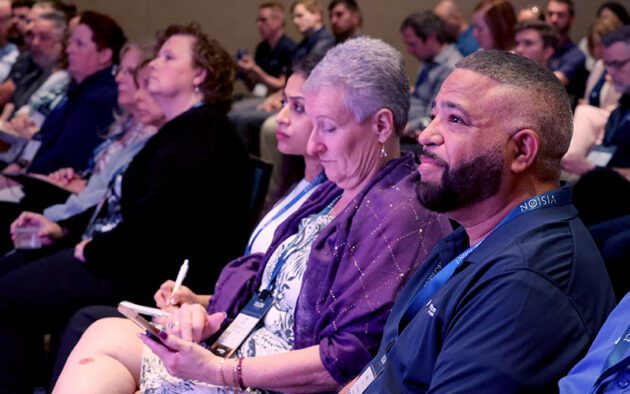Historically, there has been a limited number of states with paid family and medical leave laws covering private-sector workers. In the past few years, however, there has been a growing trend under state law to legislate paid family and medical leave for private employees—and this trend continues today. Maryland recently became the 10th state to enact a paid family and medical leave law for private- and public-sector employees, and more of these laws are sure to follow.
Maryland’s law, known as the Time to Care Act of 2022, establishes a Family and Medical Leave Insurance (FAMLI) Program to provide paid leave benefits to employees who have worked at least 680 hours in the 12-month period immediately preceding the leave. Self-employed individuals may also elect to participate in the program.
Paid leave benefits start in 2025. Employees taking leave will begin receiving replacement income of up to 90% of their weekly wages from a state-administered fund (with a maximum of $1,000 per week, indexed annually to inflation). Employers with more than 15 workers, employees, and self-employed individuals may begin contributing to the fund on October 23, 2023; employers with more than 15 workers must contribute (unless exempted). Covered employers satisfying the Act’s requirements through a private employer plan are exempt from the contribution requirement, as are their workers.
Employees may take up to 12 weeks of paid leave per year under the Act, up to 24 weeks if they become eligible to take leave to care for a new child and their own medical condition in the same year. The qualifying conditions for FAMLI leave are as follows.
If you are:
- Attending to the employee’s own serious health condition that renders the employee unable to perform the functions of their position
- Caring for a covered family member with a serious health condition
- Caring for a child during the first year after birth or placement through adoption, foster care, or kinship care
- Caring for an employee’s next of kin who is a military service member with a serious health condition resulting from military service
- Attending to a qualifying exigency arising out of the deployment of a service member who is the employee’s family member
“Family member” under the Act is broadly defined to include (1) the employee’s spouse; (2) the employee’s biological, adopted, foster, or step-child; (3) a child for whom the employee has guardianship or legal or physical custody; (4) a child for whom the employee stands in loco parentis; (5) a biological, adoptive, foster, or step-parent of the employee or the employee’s spouse; (6) the employee’s legal guardian or a ward of the employee or the employee’s spouse; (7) a person who acted as a parent or stood in loco parentis to the employee or their spouse when they were a child; (8) the employee’s biological, adoptive, foster or step-grandparent; (9) a biological, adoptive, foster or step-grandchild of the employee; and (10) the employee’s biological, adoptive, foster, or step-sibling.
Leave taken under the Act will run concurrently with federal FMLA leave. Eligible employees, however, must take all employer-provided paid leave not required by law before receiving FAMLI benefits.
Maryland is not the only state recently enacting new paid family and medical leave legislation that includes coverage for private workers. Delaware just passed a bill similar to Maryland’s law, while Washington state has again amended its Paid Family and Medical Leave Act (effective June 9, 2022), which will allow workers to use paid family leave for bereavement purposes during the seven days after a qualifying family member’s death. And Virginia’s new Private Family Leave Insurance Act permits employers to voluntarily purchase insurance policies that replace a portion of an employee’s income loss due to family leave reasons.
Organizations should be prepared to provide the required notice to each employee covered by a new paid leave law because failure to do so could be costly.
With the national paid family and medical leave landscape constantly changing and becoming ever more complex, employers are encouraged to review and revise their current leave policies and practices as necessary. The best way to keep track of every amendment, alteration, and new legislation is with a modern workforce management system like WorkForce Software, where even the most complex restrictions in leave and scheduling from either compliance or contracts is easily managed with state-of-the-art digital solutions.
Learn how WorkForce Software can keep your organization compliant.






